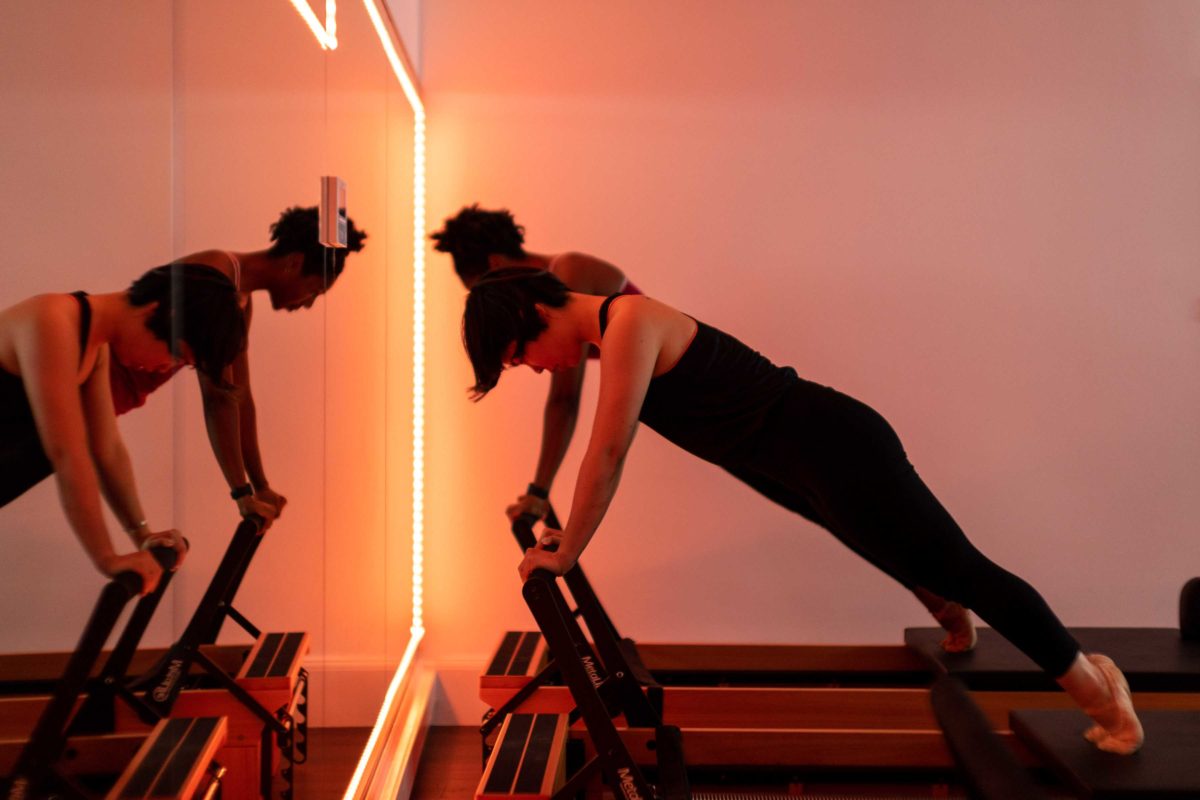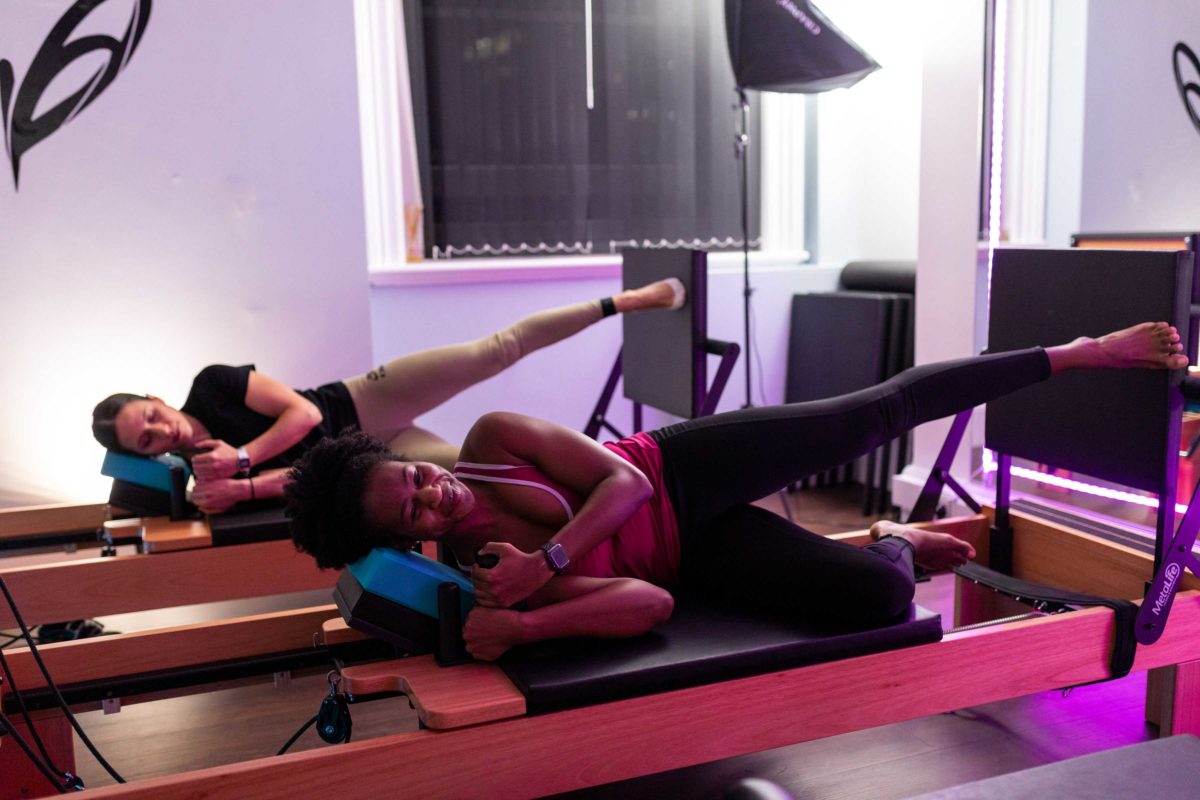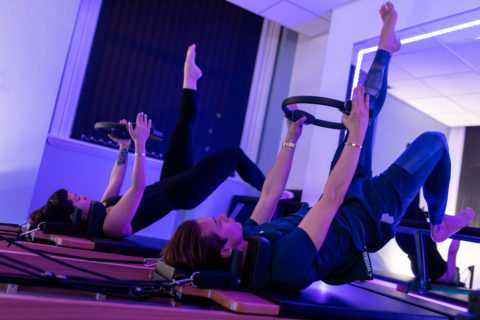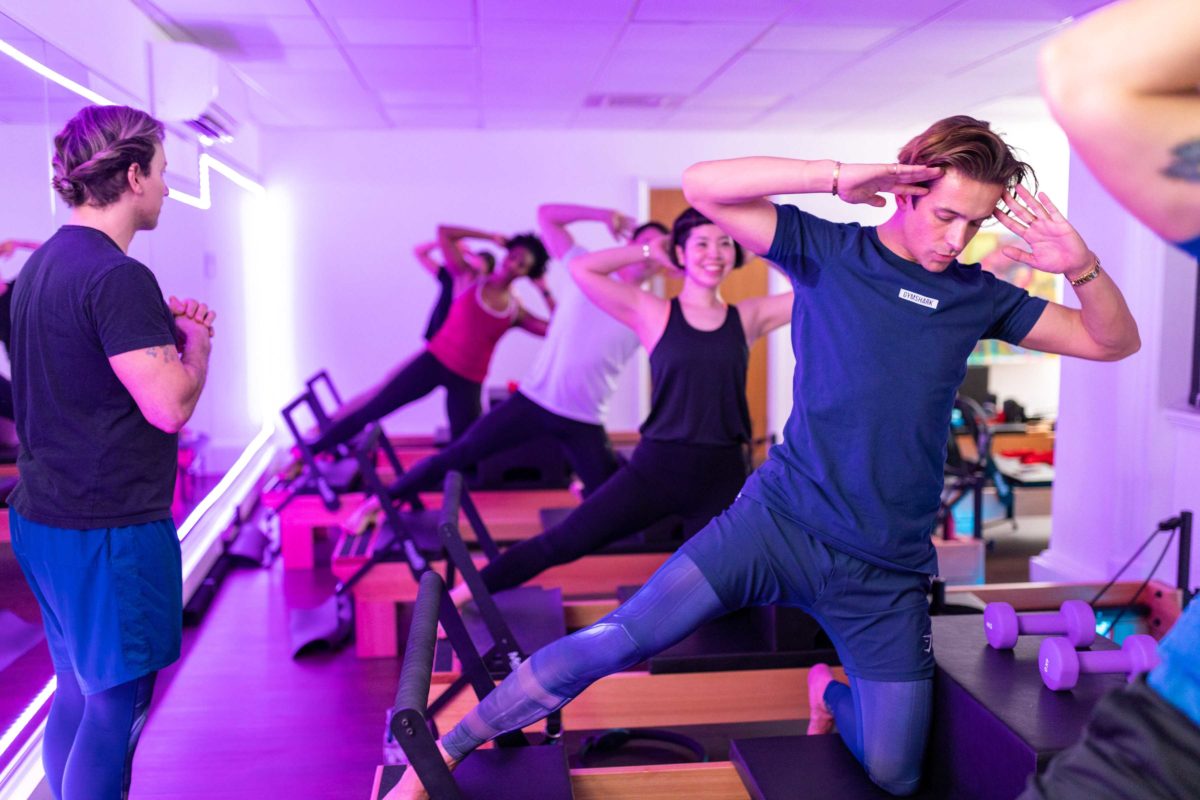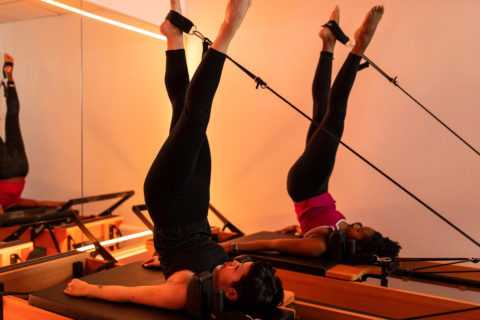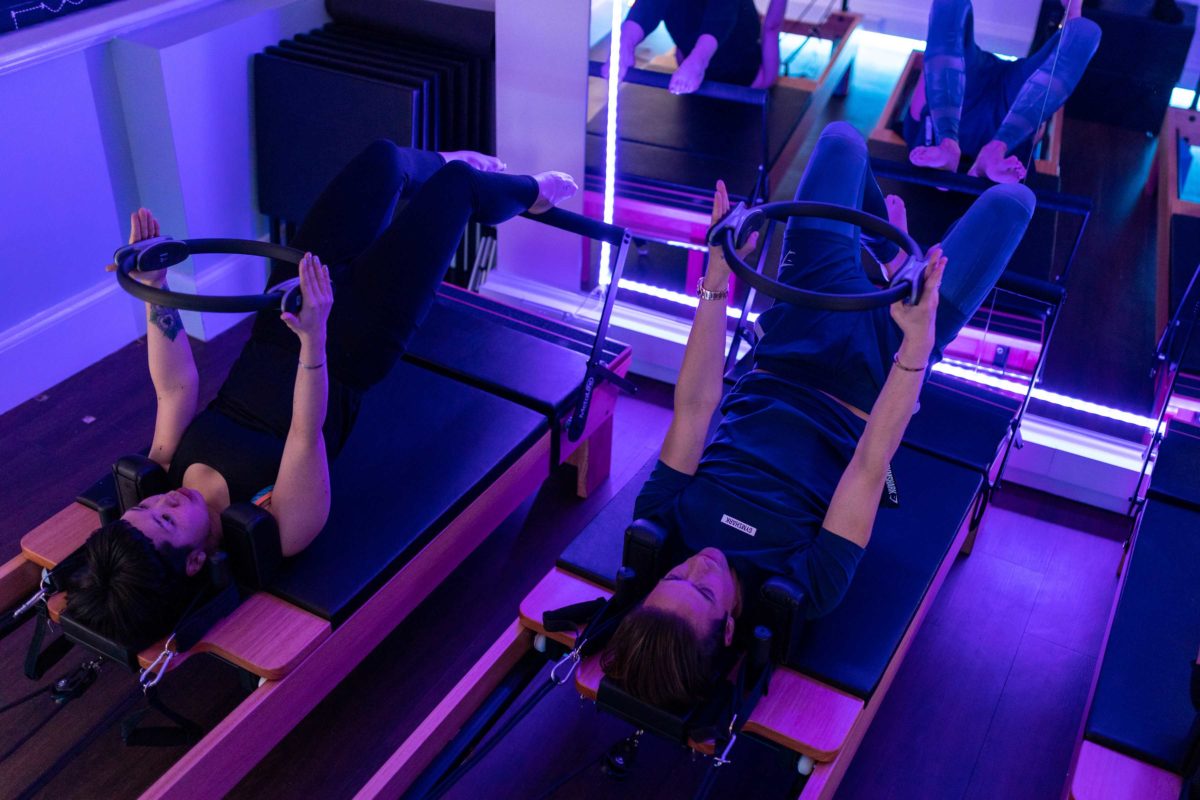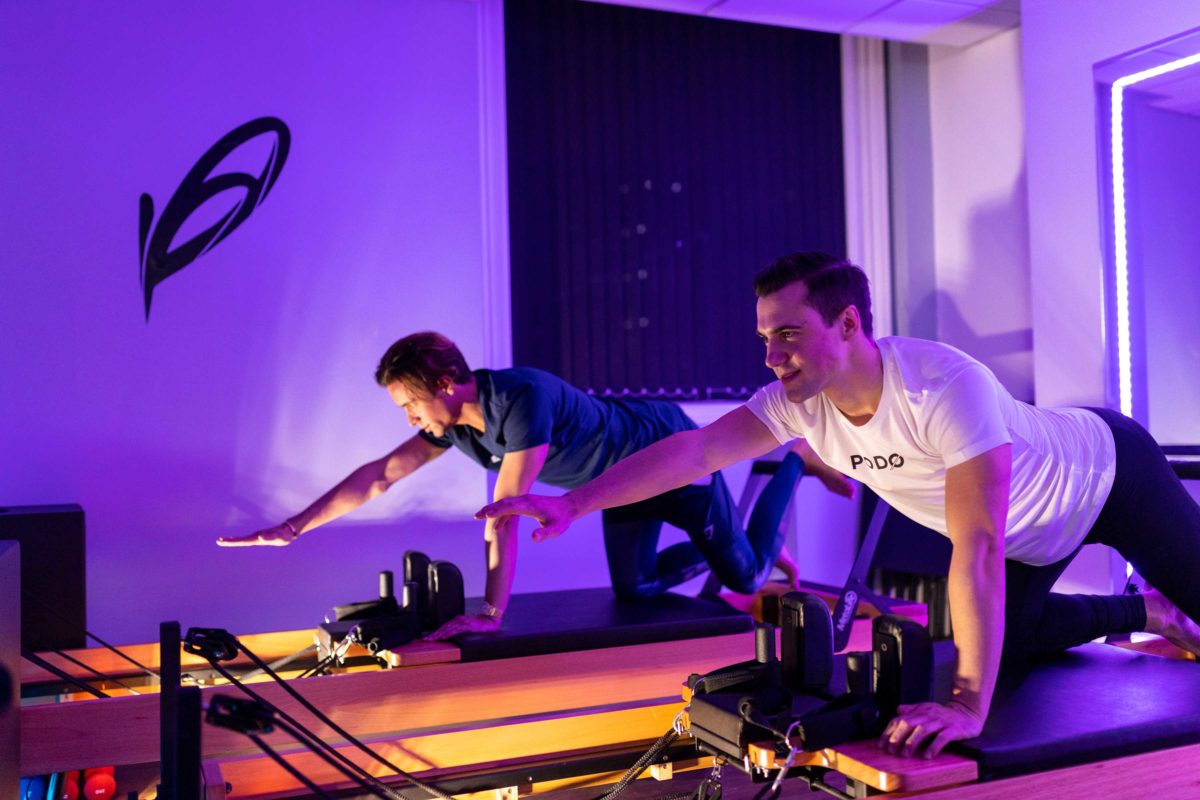In today’s post, we’re going to talk about how the benefits of Pilates reflect on women’s health. After all, the audience that is most attracted to Pilates is the female group!
Women go through cycles that trigger hormonal fluctuations, causing mood swings and different sensations, such as nausea, vomiting, pallor, headaches, diarrhea, vertigo, irritability and even fainting. Therefore, Pilates comes in as a great ally to improve the quality of life for women.
Keep reading!
What are the benefits of Pilates in women’s health?
Whether as PMS, menopause or post-menopause, at all stages of life, women will always have hormonal variations, which can cause extremely uncomfortable physical and mental symptoms, but which can be alleviated with the practice of Pilates.
That’s because the regular practice of Pilates improves metabolism and consequently blood circulation through correct breathing, besides releasing hormones such as endorphin, which promotes the feeling of pleasure and natural well-being, also functioning as an analgesic.
Pilates at PMS
During PMS, women experience many symptoms, which can include irritability, anxiety, agitation, headaches, insomnia, tiredness, among others. That’s why it’s very common to see women who prefer to dispense physical activities during this period and that is where the mistake lies.
We recommend the practice of Pilates during PMS precisely to reduce symptoms, as well as colic pain. Many experts suggest physical activity as a resource, due to the release of endorphins, as we mentioned above.
Pilates in menopause
Menopause is the name given to the last menstruation, which usually occurs between the ages of 45 and 55, marking the end of the reproductive phase of a woman’s life. During menopause, a woman stops producing hormones, which can increase the likelihood of some diseases, especially those related to heart and osteoporosis.
That’s why it’s very important to invest in a diet rich in vitamins and performing adequate exercises, such as Pilates, which focuses on the alignment of posture.
Remembering that the most common symptoms of menopause are reduced attention and memory, considerable increase in hot flashes accompanied by sweating; anxiety, irritability and tiredness, among others. With specific exercises adapted for women in adulthood, Pilates can provide a lot of benefits, such as:
- Helps to combat stress, anxiety and irritability;
- Alleviates the most common symptoms of hormonal variation: PMS, migraines and fluid retention;
- Increases lean mass and bone mass;
- Acts in the maintenance of muscle strength;
- Acts in the prevention and treatment of osteoporosis and urinary incontinence;
- Improves mood, reducing tiredness and insomnia;
- Improves self-esteem, important at any stage of life, but especially in menopause because of changes in the body.
There is no doubt that Pilates can benefit all stages of a woman’s life, promoting a healthier, stronger, more flexible body and a healthy mind.
Come visit us and start your Reformer Pilates classes at the Kore Gallery! We assure you that the exercises of the method will be essential to improve your quality of life and the performance of your daily activities and achieve the greatest balance between your mind and body.


